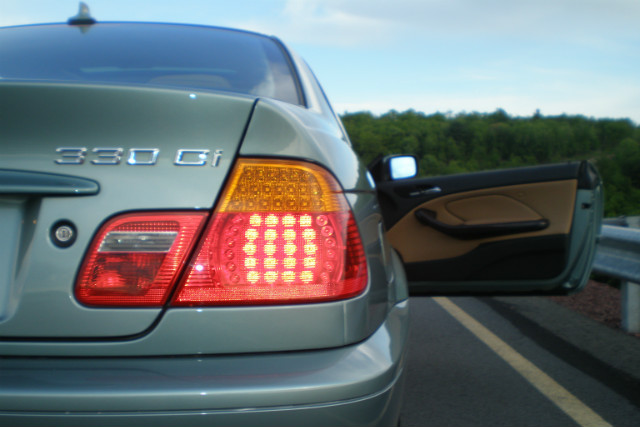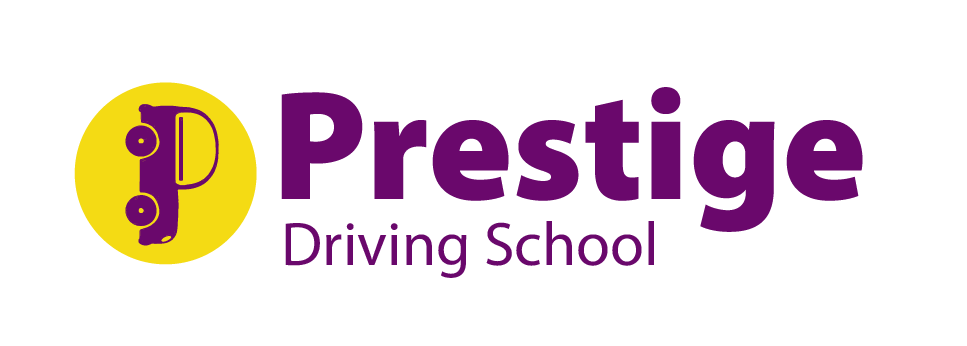
Hazard warning lights that are commonly called emergency flashers, which are a vital safety feature in every vehicle. They are designed to alert other road users that your vehicle is stopped or posing a temporary danger on the road.
In Uganda, proper use of hazard lights is often misunderstood. Drivers frequently switch them on in heavy rain, in traffic jams, or when driving slowly — situations where their use can cause confusion rather than prevent it.
Understanding when to use hazard lights and when not to is part of being a responsible and law-abiding motorist under Uganda’s Traffic and Road Safety Act and Highway Code. This guide explains their correct use, common mistakes, and the legal context for Ugandan drivers.
Table of Contents
What are hazard lights?
Hazard lights are your vehicle’s four-way flashing indicators, activated by pressing the red triangle button on your dashboard.
When turned on, both left and right indicators flash simultaneously, signaling to others that your vehicle may be stopped, broken down, or in distress.
Their purpose is to warn other motorists that your vehicle presents a potential hazard — not to signal routine driving maneuvers or request special treatment on the road.
When to use hazard lights in Uganda
1. When your vehicle breaks down
If your car develops a mechanical problem, suffers a flat tyre, or runs out of fuel, and you must stop, or activate your hazard lights immediately.
This warns approaching drivers that your vehicle is stationary and may obstruct traffic.
Tip: Always pull off the road where possible and place reflective warning triangles behind your vehicle, as required by Ugandan road-safety regulations.
2. When you’re involved in an accident
If you’re involved in a collision or any incident that causes your vehicle to stop suddenly in traffic, it is better switch on your hazard lights.
This signals to approaching drivers that there is an emergency ahead and helps prevent secondary crashes.
3. When being towed or moving abnormally slowly
If your vehicle is being towed or is moving unusually slowly due to a defect, hazard lights can be used to alert others to maintain distance.
However, this should only be temporary — once normal movement resumes, the lights must be turned off.
4. When stopped in dangerous or low-visibility conditions
When visibility is poor due to heavy rain, fog, or darkness and your vehicle must stop, hazard lights can help make it more visible.
The Ugandan Highway Code notes that hazard lights may be used when stationary to indicate a vehicle is temporarily disabled or obstructing the road.
When not to use hazard lights
Despite good intentions, hazard lights are often misused on Ugandan roads. Here are the key times to avoid using them:
1. While driving in normal traffic
Using hazard lights while moving can confuse other drivers, since it disables your turn signals.
Other motorists won’t know if you’re turning, braking, or stopping; thus increasing accident risk.
2. During heavy rain or fog while still moving
Many Ugandan drivers turn on hazard lights when driving in bad weather.
However, this is unsafe and often misunderstood — hazard lights should only be used when stationary or when the vehicle itself is a hazard.
Instead, use low-beam headlights or fog lights to improve visibility.
3. When double-parking or stopping illegally
Turning on hazard lights does not make illegal parking acceptable.
Even if you’re just stopping for a minute, you could still block traffic or cause danger.
Hazard lights don’t exempt you from penalties under Uganda’s Traffic and Road Safety Act (Cap. 361).
4. To claim right of way or act as an escort vehicle
Some motorists in Uganda misuse hazard lights or flashing roof lights to clear traffic or imitate escort vehicles. This is illegal under Section 123 of the Traffic and Road Safety Act, which restricts flashing lights and sirens to authorized emergency vehicles only — such as ambulances, police, and fire services.
The Uganda Police Force and the Inspectorate of Vehicles (IOV) have repeatedly warned that misuse of flashing lights can lead to impoundment and prosecution.

Legal overview: Hazard light use in Uganda
Ugandan road laws don’t explicitly ban the use of hazard lights, but their correct application is context-dependent.
Here’s what the regulatory framework implies:
| Legal Reference / Guideline | Implication |
| Traffic and Road Safety Act, 1998 | Restricts flashing lights and sirens to emergency vehicles only. Private motorists may use built-in emergency lights only for genuine hazards or breakdowns. |
| Uganda Highway Code | Advises drivers to use hazard lights when stationary and creating an obstruction or hazard. |
| Vehicle Dimensions and Load Control Regulations (2017) | Prohibits the use of dazzling or distracting lights on vehicles. |
| Uganda Police and IOV Guidance | Warns against misuse of these lights, sirens, or flashing roof lights by private vehicles. |
Best practices for safe and legal use
To use hazard lights correctly and safely on Ugandan roads:
1. Use only in emergencies: If your vehicle becomes a hazard or must stop unexpectedly, activate them.
2. Switch them off when you start moving normally: Leaving these lights on while driving can confuse others.
3. Combine with other safety measures: Use reflective triangles and keep the lights on if your vehicle is stationary at night.
4. Avoid misuse in weather or traffic: Rely on proper lighting like headlights or fog lights rather than hazard lights when driving in poor visibility.
5. Respect the law: Never use these or flashing roof lights to demand right of way unless you are operating an authorized emergency vehicle.
Conclusion
In Uganda, hazard lights are a valuable safety tool when used correctly, and a source of confusion when misused. They should be activated only when your vehicle presents a hazard: during breakdowns, accidents, or when stationary in dangerous conditions.
Using them while driving normally, in traffic, or to bypass rules is not only unsafe but can be punishable under Ugandan traffic law.
Remember: These lights are for emergencies, not convenience.
Use them wisely, and help make Ugandan roads safer for everyone.
Learn more about driving in Uganda here.


